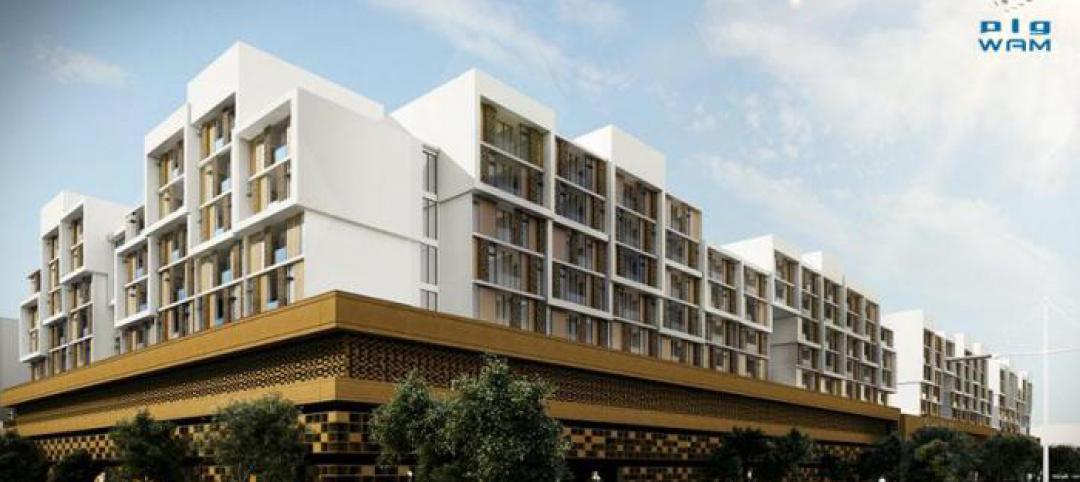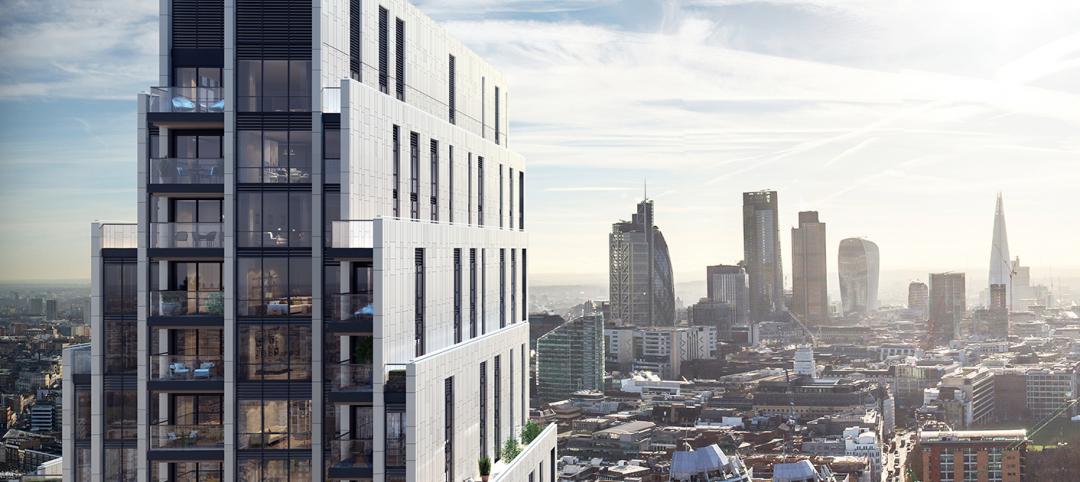Each generation is different than the preceding one, often in surprising ways. Unlike their parents and grandparents, Millennials, or Generation Y, are more comfortable paying rent rather than committing to a 15-30 year mortgage.
From 2006 through 2011, 25- to 34-year-olds experienced the largest decline in home ownership compared with any other age group, according to a USA TODAY analysis of Census Bureau data. Among households headed by 25- to 34-year-olds, renters increased by more than a million from 2006 to 2011, while the number who owned fell nearly 1.4 million.
For many Americans, particularly Millennials, there are a multitude of reasons why renting is on the rise and not expected to fall anytime soon. Young adults today are less inclined to buy a home because they don’t want to be tied down. They also don’t want to incur additional debts, as many already have loans from college.
Interestingly enough, one of the main reasons that drive Millennials to rent is not directly a question of money; it’s all about lifestyle. For this reason, it is important to understand what attracts Millennials and to design and build accordingly.
What Millennials Want in Rental Housing
Articles constantly appear in the media about what Millennials want. Let’s distill 6 key characteristics:
Technology: Millennials grew up with technology. It is second nature to them. Preferred living spaces are wired, connected, and up-to-date.
Community: The Facebook generation is plugged into their social circle, and the community is not just online – it’s also where they live.
“Within the apartment itself, one of the most important features that Generation Y renters look for is an open floor concept with a large living space. As a result, smaller bedroom spaces aren’t a drawback if the living space can support their naturally social lifestyles.” —Michael R. Ytterberg, BLT Architects
Authenticity: Millennials will not stand for fake. The truth is important and the objects with which they surround themselves must feel authentic.
Work and play: These fuse together in an online world. I can work anywhere; I can connect with my friends anywhere. Living arrangements need to support this.
Health: Their living environment must support a healthy lifestyle, both active and one that is clean and restful. This is one of the latest areas where multi-family projects have begun to differentiate themselves.
Experience: For Millennials it all comes together in a life that is rich in experience now, not delayed until success comes later. The road traveled must be an interesting one.
Buying a house ties one down and limits possibilities. Many Millennials today are willing to spend more on their monthly rent to live in a prime location that offers them convenience, comfort and choice.
Smaller apartments have become the norm as rents have risen so Millennials may continue to live in desirable neighborhoods. The neighborhood and the communal spaces in their building are their living spaces. Yet within the apartment itself, one of the most important features that Generation Y renters look for is an open floor concept with a large living space. As a result, smaller bedroom spaces aren’t a drawback if the living space can support their naturally social lifestyles.
Design elements and finishes must have character; uniqueness and charm are selling factors.
As Generation Y is inherently more social, common areas as well as outdoor space are very important to renters. Many Millennials also require access to a fitness center and a pool, spaces where health and sociability are combined.
How to Design Apartments for Millennials
In order to meet the needs of Millennials, one must offer amenities and finishes that are impressive in a competitive landscape. An active, inviting lobby is always important, as it is the first impression that the renter and his/her guests see upon entrance. The lobby should be open and situated like a lounge, evoking the feeling of an extended hangout space.
In addition to lobbies, public space is a necessity in attracting Millennials. Internet lounges within the building where residents and can bring their laptops, as well as rooms that people can rent out for parties are attractive to renters.
 Rendering depicts the rooftop entertainment space at the 3737 Chestnut luxury apartment development in Philadelphia. Rendering: Radnor Property, SPG3 Architects
Rendering depicts the rooftop entertainment space at the 3737 Chestnut luxury apartment development in Philadelphia. Rendering: Radnor Property, SPG3 Architects
When designing for Millennials, keep in mind they understand that quality materials are important, and they favor granite or quartz countertops and clean looking finishes that are easy to maintain. Additionally, buildings must be developed to be pet friendly. Having pet centered amenities, such as a dog grooming facility and synthetic turf pet areas, is becoming the norm.
Many Millennials who live in cities are often doing away with the costly expense of owning their own cars. For this reason, developers should make sure public transportation is easily accessible and consider having a car share program nearby. It has also become a necessity to have plenty of bike storage that is both convenient, as well as easily accessible, to renters.
Millennials are not only renting more often than buying, but they are also renting for much longer periods of time than previous generations. With so many choices available, they have become much more particular when it comes to having the right amenities and living space. Keeping these trends in mind when developing your next project will be essential in remaining competitive within the rental landscape that is being driven by a new generation.
About the Author: Michael R. Ytterberg, PhD, AIA, LEED AP, is a Principal with BLT Architects, a Philadelphia-based architecture firm.
Related Stories
Multifamily Housing | Apr 28, 2015
Masdar City: Construction on sustainable residential complex begins
The planned city’s new residences will help support Abu Dhabi’s rapid population growth.
Multifamily Housing | Apr 28, 2015
Mace and Make work on London's 40-story residential tower
The tower is one of six residential high-rises planned near London’s City Road, which is undergoing a mini construction boom.
Multifamily Housing | Apr 27, 2015
The empire strikes back: George Lucas proposes new affordable housing complex he'll finance alone
The latest plans are seen by some as payback for community opposition to his past real estate ventures.
Wood | Apr 26, 2015
Building wood towers: How high is up for timber structures?
The recent push for larger and taller wood structures may seem like an architectural fad. But Building Teams around the world are starting to use more large-scale structural wood systems.
Multifamily Housing | Apr 22, 2015
Condo developers covet churches for conversions
Former churches, many of which are sitting on prime urban real estate, are being converted into libraries, restaurants, and with greater frequency condominiums.
Green | Apr 22, 2015
AIA Committee on the Environment recognizes Top 10 Green Projects
Seattle's Bullitt Center and the University Center at The New School are among AIA's top 10 green buildings for 2015.
Multifamily Housing | Apr 16, 2015
3 award-winning affordable multifamily developments
San Francisco's Bayview Hill Gardens and the Broadway Affordable Housing complex in Santa Monica, Calif., are among the multifamily developments to be honored in AIA's 2015 Housing Awards.
Multifamily Housing | Apr 16, 2015
Seattle’s size restriction on micro apartments blamed for rise in rents
Seattle’s city planner recently said that the council’s new rules have made small apartments more expensive to build and charged the board with “overreaching” and not giving micro-housing “a fair shake.”
High-rise Construction | Apr 16, 2015
Construction begins on Seattle's Tibet-inspired Potala Tower
Construction on the 41-story Potala Tower in Seattle finally kicked off following a ground-breaking ceremony seven months ago.
Hotel Facilities | Apr 13, 2015
Figure-eight shaped hotel to open around PyeongChang 2018 Winter Olympics Facility
Just three miles away from the Olympic stadiums, the hotel will be a hub of its own.

















